emDOCs Podcast – Episode 115: Adult Meningitis
EMDocs
MARCH 4, 2025
HSV meningitis needs hospital admission. The UK joint specialist societies guideline on the diagnosis and management of acute meningitis and meningococcal sepsis in immunocompetent adults [published correction appears in J Infect. What about a CT before a Lumbar puncture? The benefits of giving acyclovir far outweigh any risks.















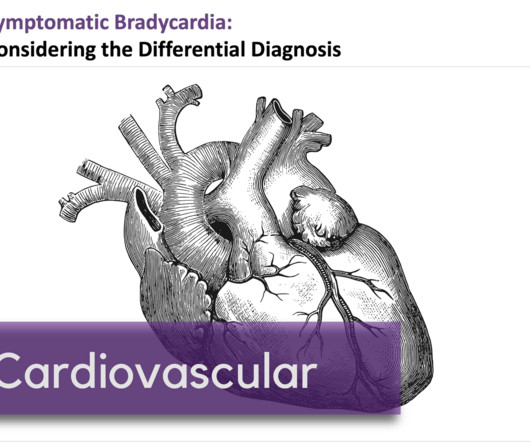


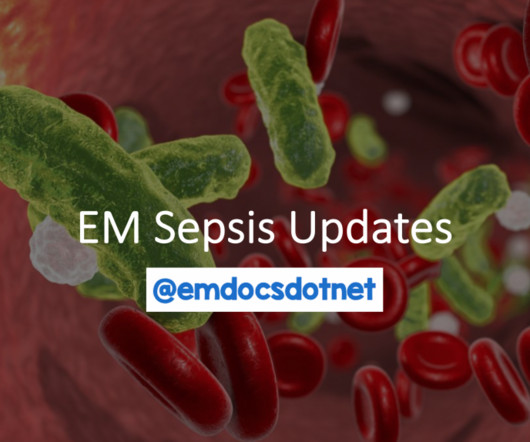
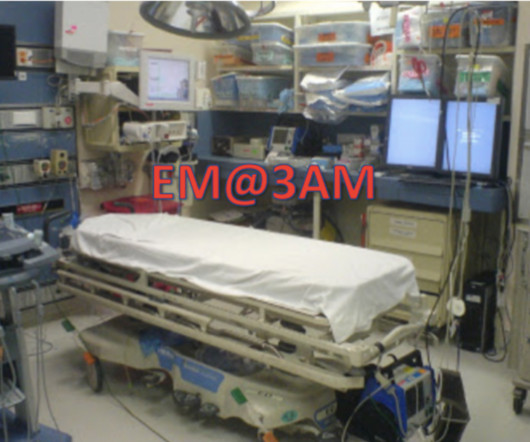






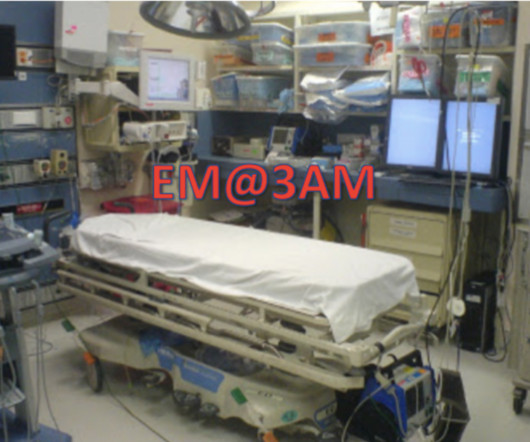

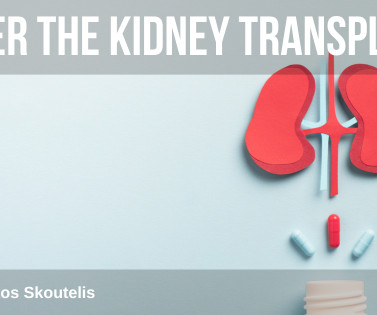










Let's personalize your content